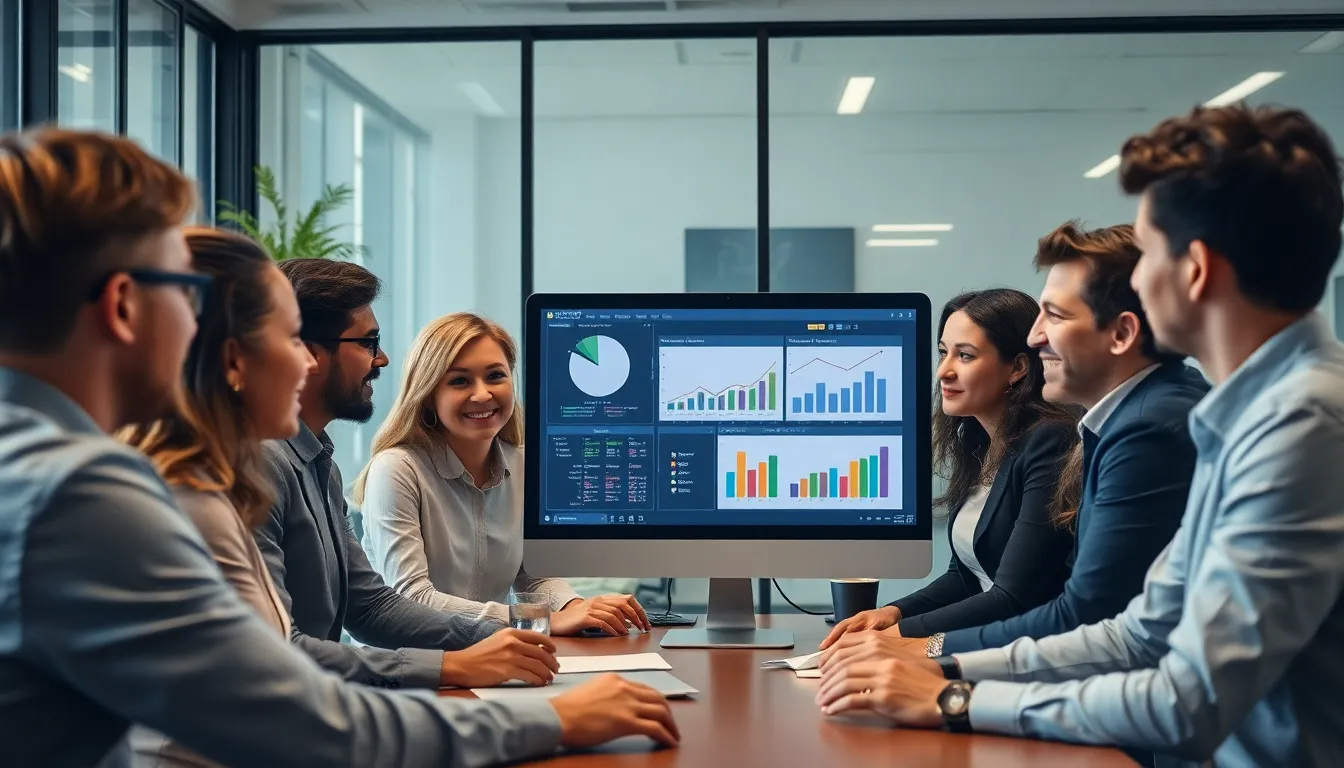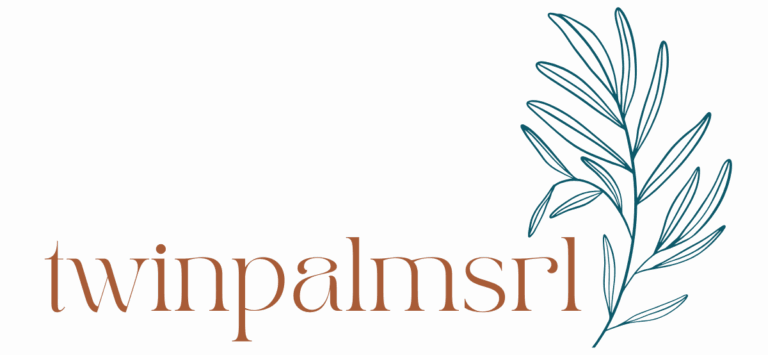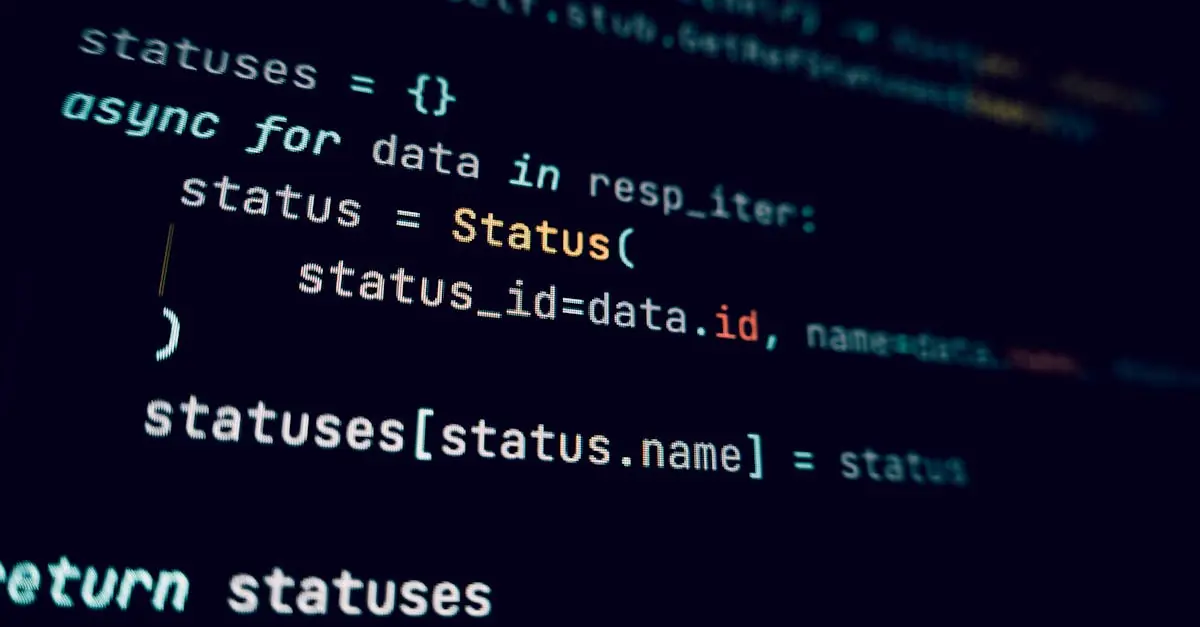In a world where cyber threats lurk around every digital corner, protecting software like Endbugflow isn’t just smart—it’s essential. Imagine your prized software being as vulnerable as a cat in a dog park. Not a pretty picture, right? Fortunately, safeguarding Endbugflow can be as straightforward as a well-timed joke.
Table of Contents
ToggleOverview of Endbugflow Software
Endbugflow software serves as a powerful tool for managing bug tracking and workflows. Designed for developers and project managers, this software streamlines processes and enhances productivity. Users can centrally track issues and collaborate effectively across teams.
Features include customizable workflows, real-time updates, and integrated communication tools. These functionalities simplify project management and improve response times. Additionally, Endbugflow allows for comprehensive reporting, enabling teams to analyze performance metrics and identify trends.
Security remains a top priority for Endbugflow. The software incorporates built-in encryption and access controls to protect sensitive data. Regular updates ensure vulnerabilities are addressed quickly. Compliance with industry standards further enhances its security posture.
Integrating Endbugflow with other tools amplifies its effectiveness. Users can connect it with popular project management and development platforms. This capability fosters a cohesive ecosystem, allowing seamless information sharing.
Scalability is another significant aspect of Endbugflow. As businesses grow, the software adapts to increased demands without compromising performance. Flexible pricing models cater to organizations of various sizes, ensuring accessibility.
Endbugflow’s user-friendly interface supports quick onboarding. Developers can easily navigate the system, allowing them to focus on development rather than software intricacies. The extensive documentation offers valuable assistance, addressing common queries.
Utilizing Endbugflow software optimally involves regular training and updates for users. Familiarity with the latest features can significantly enhance operational efficiency. By prioritizing this software’s adoption, organizations can achieve better overall project outcomes.
Importance of Protecting Endbugflow Software

Protecting Endbugflow software is crucial to maintaining its integrity and effectiveness. Cyber threats pose significant risks that can undermine productivity and compromise sensitive information.
Risks and Vulnerabilities
Security vulnerabilities can lead to data breaches, exposing project details and user information. Attackers often exploit weaknesses in outdated software versions or misconfigured settings. Unprotected integrations with other platforms may also create entry points for cyber threats. Regular updates and effective access controls significantly reduce these risks. Developers and project managers rely on Endbugflow for streamlined operations, so its security must be prioritized to ensure seamless workflow.
Consequences of Unprotected Software
Unprotected software can result in severe financial implications for organizations. Data breaches may lead to costly reparations and diminished trust from clients. Regulatory fines could arise from non-compliance with industry standards, adding further financial burdens. Operational disruptions often occur, as compromised systems can halt project progress. Such setbacks negatively affect a company’s reputation, leading to a potential loss in clientele. Prioritizing Endbugflow’s protection ensures reliable project management and continuous growth for businesses.
Best Practices for Protection
Protecting Endbugflow requires a proactive approach. Implementing best practices ensures robust defense against threats.
Regular Software Updates
Regular software updates address security vulnerabilities effectively. Developers release patches that fix bugs and enhance features. Staying current with the latest version prevents exploits in outdated versions. Frequent updates maintain compliance with industry standards and ensure the software’s reliability. Organizations should automate update processes where possible. Timely implementation of these updates safeguards sensitive data effectively.
Strong Authentication Mechanisms
Strong authentication mechanisms significantly enhance software security. Multi-factor authentication adds an extra layer of protection, requiring users to verify their identity through multiple channels. Implementing robust password policies strengthens access controls. Organizations should encourage users to adopt unique and complex passwords. Regularly reviewing user access levels helps limit unnecessary permissions. These measures reduce the risk of unauthorized access and protect valuable project information.
Data Encryption Techniques
Data encryption techniques play a crucial role in safeguarding information. Encrypting stored data protects it from unauthorized access, even if breaches occur. Using encryption protocols for data in transit secures information during transmission. Organizations should choose strong encryption standards, like AES-256, for optimal protection. Regular audits of encryption practices ensure compliance with industry requirements. Prioritizing strong encryption measures secures sensitive project data effectively.
Implementing Security Measures
Safeguarding Endbugflow involves multiple strategies that enhance its overall security posture.
Firewalls and Intrusion Detection Systems
Firewalls act as a primary defense by establishing a barrier between trusted internal networks and untrusted external networks. They monitor incoming and outgoing traffic, filtering out suspicious activities that may threaten Endbugflow. Intrusion detection systems (IDS) complement firewalls by analyzing network traffic for malicious behavior or policy violations. These systems alert administrators of potential threats, allowing them to respond promptly. Regular updates to firewall rules and IDS signatures ensure ongoing protection against emerging threats. Implementing both technologies creates a layered security approach crucial for preserving the integrity of Endbugflow.
User Access Controls
User access controls play a significant role in maintaining the security of Endbugflow. Administrators can assign different access levels based on user roles, ensuring that sensitive information remains protected from unauthorized users. Strong authentication mechanisms, such as multi-factor authentication (MFA), further enhance security by requiring users to verify their identities through additional means. Policies governing password complexity and regular updates prevent easy exploitation of credentials. Regular reviews of user access rights support the principle of least privilege, minimizing the risk of data breaches while maintaining functionality. These measures promote a secure environment for all users of Endbugflow.
Protecting Endbugflow is vital for maintaining its functionality and safeguarding sensitive project data. By implementing proactive measures like regular updates strong authentication and data encryption users can significantly reduce the risk of cyber threats.
Utilizing firewalls and intrusion detection systems further enhances security ensuring that only authorized personnel access critical information. Regular audits and reviews of security practices help maintain compliance and reinforce the integrity of the software.
Investing time and resources in these protective strategies not only secures Endbugflow but also fosters a reliable environment for project management and encourages sustainable growth for organizations.







